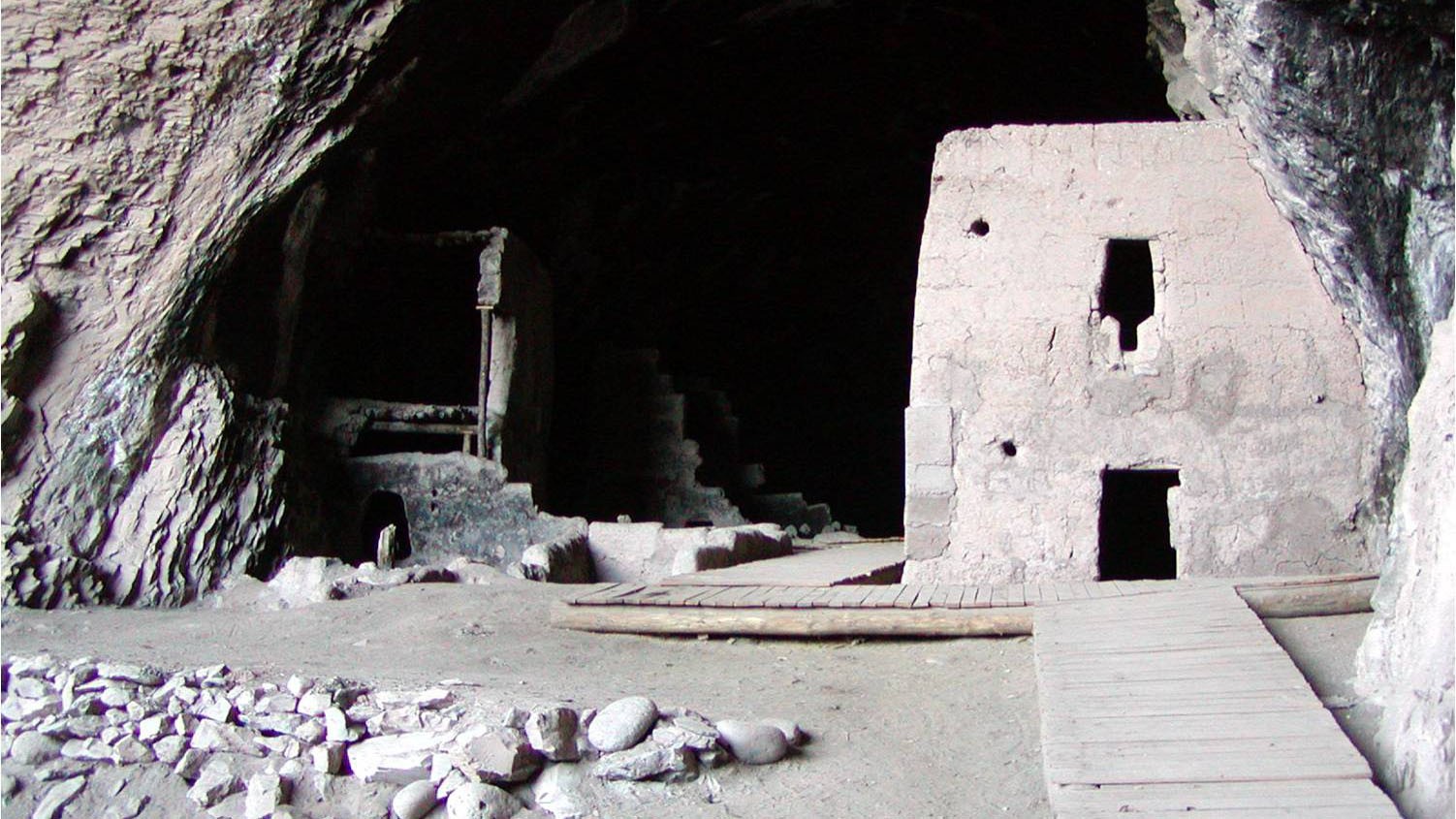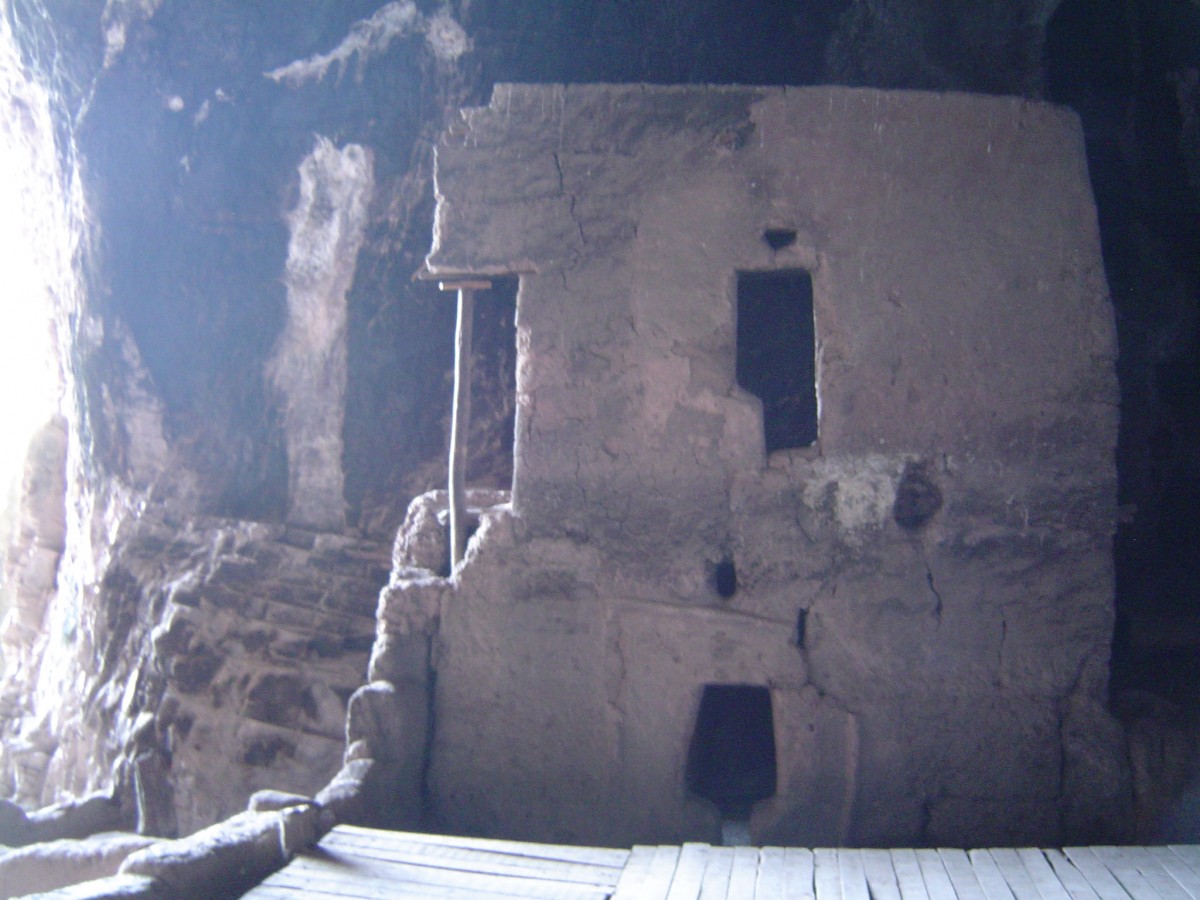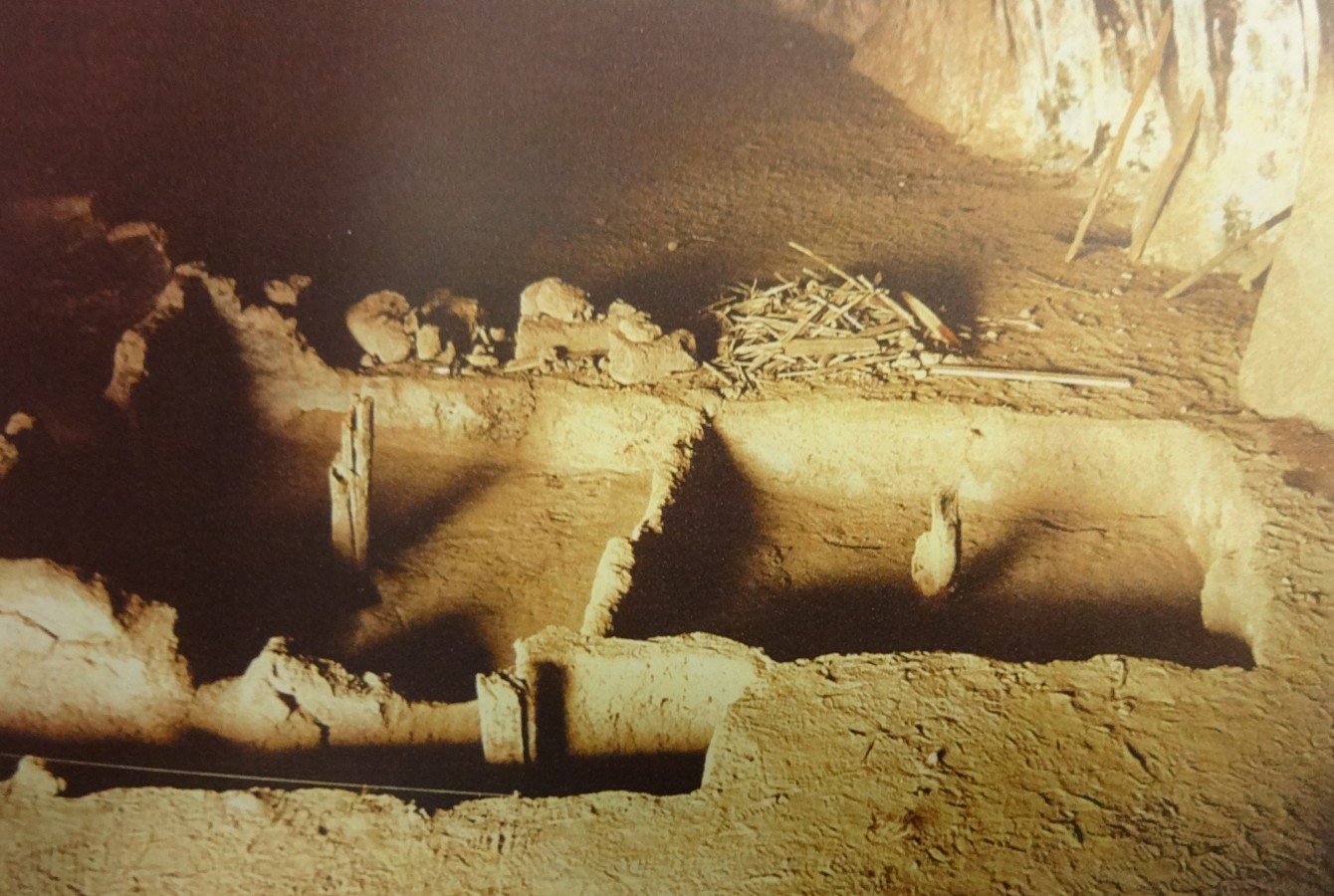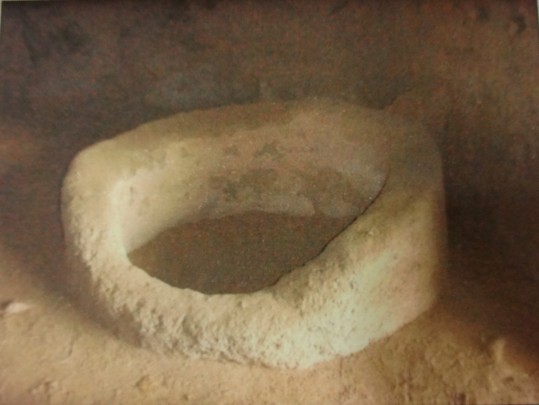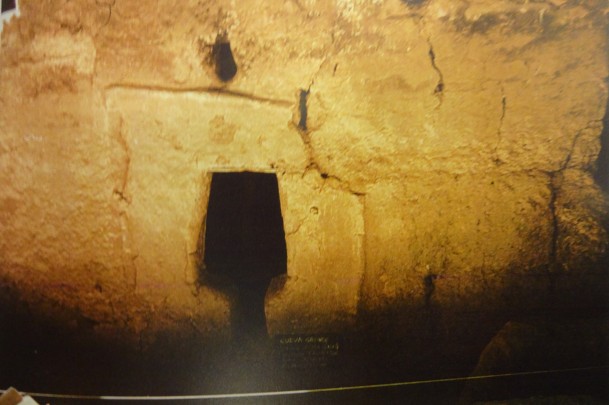This area opened to the public under the protection of the National Institute of Anthropology and History (INAH) in 1994. It belonged to the Huapoca complex, given its proximity, but it has been considered separate for several reasons, one of which is its geographical delimitation, since the two zones are separated by the Papigochic River.
Cueva Grande, like Huapoca and Cuarenta Casas, belongs to the settlements known as “houses on cliffs," an umbrella term coined by twentieth-century archeologists to refer to the housing of Native Americans who lived in rocky caves or shelters at the top of the cliffs.
This site was built by settlers belonging to the Mogollon culture when they migrated from north to south, and it maintained trade links with Paquimé. It is enclosed in a corner of the mountain covered by a waterfall and contains at least nine rooms spread out around a small square, which was possibly used for community activities.
It seems that the inhabitants of this site had a high level of social organization, as two granaries for storing maize are found in the central square. Other important architectural elements are the foundations and the outline of a small watchtower which served as a point of communication with the Huápoca Site.
- The granaries indicate that the inhabitants were concerned about the administration of their resources, which were protected and distributed among families.
-
+52 (614) 410 9076
-
This email address is being protected from spambots. You need JavaScript enabled to view it.

